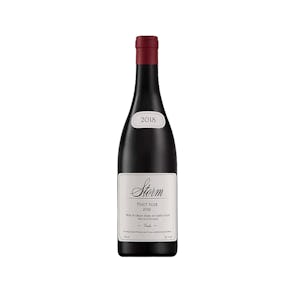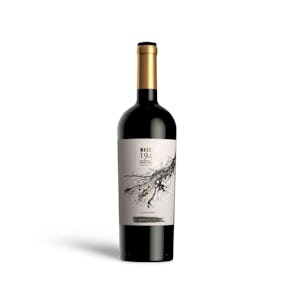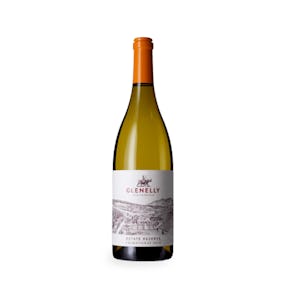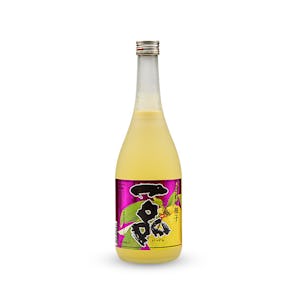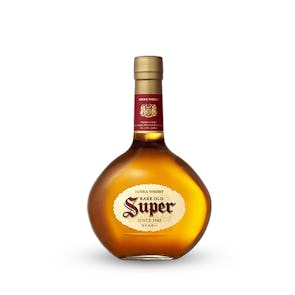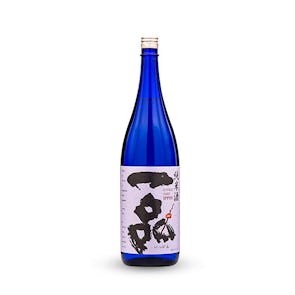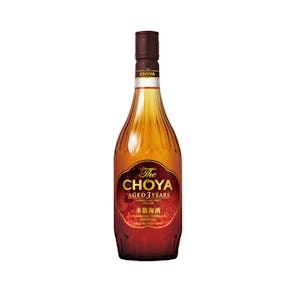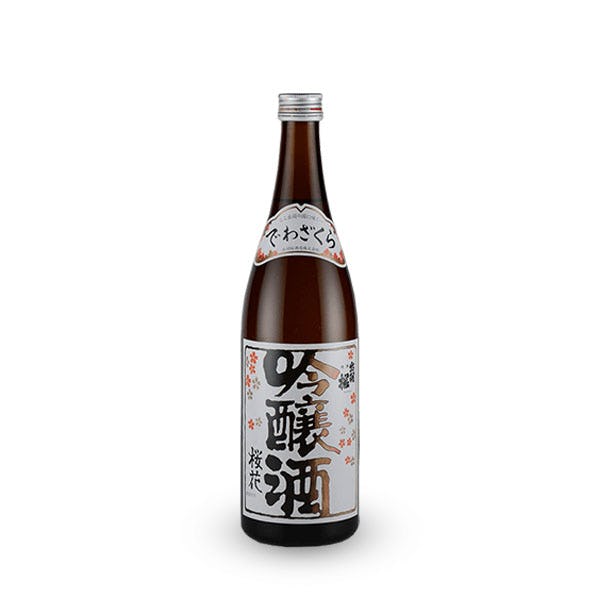
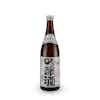
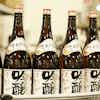
Dewazakura Ginjo Oka
The ginjo trailblazer
TASTING NOTES FROM THE CURATOR
The Ginjo Oka from Yamagata sake brewery, Dewazakura, is light and dry, with an ABV of 15.5%. This is the sake that instigated the “ginja boom” in Japan, and has won multiple awards.
On the nose, you get a blend of flower blossoms, radish, spring water, and peach. On the palate, there’s dried fruit and floral notes, with beautiful hints of pear and melon. It begins dry on your mouth, then goes to soft and creamy. The Ginjo Oka is delicate and elegant.
PREPARATION AND PAIRINGS
The Dewazakura Ginjo Oka will pair wonderfully with seafood, for example scallops or steamed clams. They also go great with tempura, and Japanese omelets.
SPREADING THE SAKE LOVE
Founded in 1892 in the Yamagata Prefecture by Seijiro Nakano, who came from a line of sake brewers, Dewazakura Sake Brewery is located in a prime area. It’s found in the Yamagata Basin, which is surrounded by mountains, and has great weather both in the summer and in the winter. All of this contributes to the production of good rice and fruits. This is the rice Dewazakura uses, making their quality sake by hand, with precise temperature controls.
It was Dewazakura that first marketed Ginjo sake to the public, a premium grade sake made with rice that had been polished to at least 60%. Before this, Ginjo was made mainly for completion, and was really only familiar to those in the sake industry. Dewazakura aimed to let everyone enjoy Gino, selling it at an affordable price. It was very well-received, immediately becoming a fan favorite, and triggering Japan’s “Ginjo boom.”
The brewery started exporting sake in 1997, and currently their sake is found in over 30 countries worldwide.
Storage Instructions
Store unopened ginjo sake upright in the refrigerator below 4°C. If you wish to drink your sake chilled, place it in the refrigerator the night before consumption. Opened bottles should always be kept refrigerated. If you later wish to drink your sake at room temperature, place the portion you want into a small pouring vessel and leave that out on the counter at least 3 hours before consumption. Generally, sake should be consumed within one year of the bottling date, but when properly stored, it can survive up to 2 years. An open bottle of sake must be consumed within 2 to 3 weeks.

